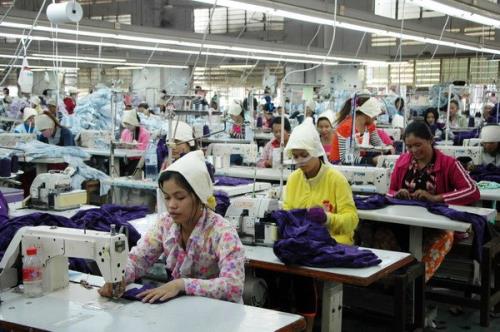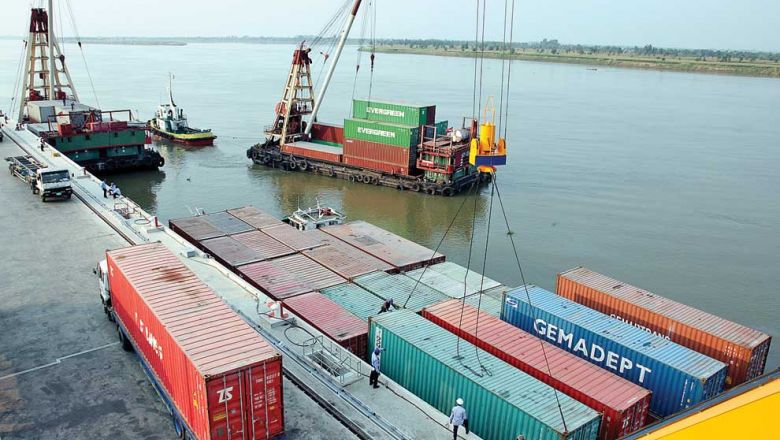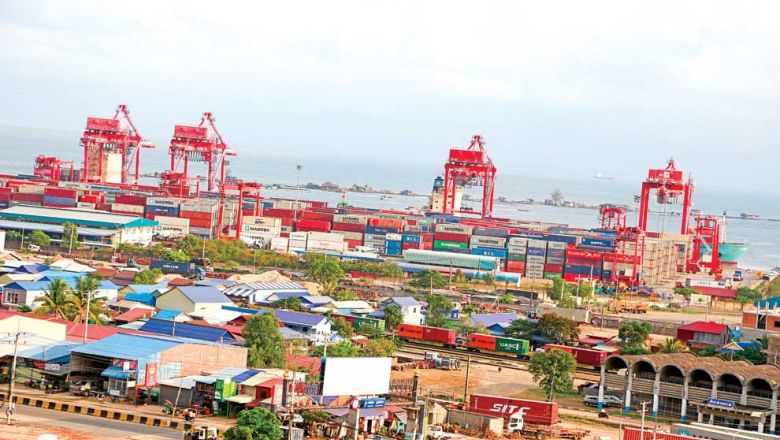Veggie farming to bring in the cash
Veggie farming to bring in the cash
Cambodia’s agriculture sector has long been dependent on vegetable imports from its bigger neighbours. However, the government has now set aside $20 million to promote vegetable farming in the Kingdom.
The Post’s Sorn Sarath sat down with Yang Saing Koma, president of the Cambodian Center for Study and Development in Agriculture, to discuss the potential for vegetable farming, as well as his organisation’s success at running community financing projects.
The government has earmarked $20 million to encourage vegetable farming and reduce imports from neighbouring countries. What do you think about this plan?
This plan should have been implemented a long time ago, but it is still not too late now and we welcome this plan. We want to see this plan successfully implemented because we need more vegetables for consumption. Currently, most vegetables that are sold in the market are being imported from foreign countries and most of these are using chemicals for production. With this plan we can replace imported vegetables with locally grown ones and reduce the millions of dollars spent each year on imports. At the same time, we will also create more jobs, possibly ten thousand new jobs, in the vegetable farming sector. This will also benefit farmers because they will be able to earn more from vegetable planting because if compare with rice farming, vegetables are more profitable and can provide them with consistent income.
Why have farmer been so reluctant to farming vegetables?
In my 20 years of experiences I would say there are three reasons. The first is their dependence on sustenance farming and not looking at farming as a business. Secondly, there is a shortage of capacity building and relevant technological tools, and lastly are capital requirements. To overcome this we will need around 10,000 professional farmers to plant vegetables and support them with market access, warehousing, transportation services, as well as food-processing facilities. If we do this we will not need the government to intervene and reduce imports because Cambodian farmers will be able to compete in the market. Currently, we require 500 tonnes of vegetable a day, which costs around $200,000 to $300,000 a day. As this increases, the market will grow to $200 million to $300 million every year.
Speaking of capital requirements, CEDAC has been involved in community-run financing programs. What success have these projects had?
We are supporting farmers to come together as a savings group and help each other. Because if farmers in villages are helped to self-finance their farming costs, and they do it well, it will benefit them over a 10 to 20 year term. But these projects are still largely donor funded. So, we get funds from them to hire staff and assist the farmers in the projects. But, after the funding or project ends some communities are able to continue running these cooperatives and some just give up. So these projects need at least five years of funding, whereby professionals can work directly with farmers, after which they should be able to manage it by themselves. As of now we have 1,200 communities with nearly 60,000 of members across 6 provinces involved in community financing projects and we are preparing to link them across the country.
Coming to the irrigation facilities in Cambodia, what does the government need to do to build more effective irrigation systems?
The government has so far used data for irrigation facilities constructed in the past to plan their future projects. They will build an irrigation system that can cover around 2,000 to 3,000 hectares, after which they will build another facility and then say it covers an area of 2 million hectares. But they are not seeing how many of these irrigation facilities are actually working, damaged or unusable. I have spoken to the World Bank and we feel that only 10 per cent of irrigation facilities are actually able to help irrigate farm land.
What should the government do to rectify these problems?
The government needs to focus on small systems and not only big projects. Every year we want the government set aside a budget for communities to build a small irrigation systems and dig ponds to stock water. If our irrigation systems remain the way they are it will become difficult for the agriculture sector will difficult to compete, especially with Thailand and Vietnam.
What are your expectations for agriculture sector next year?
With paddy rice, and other sectors such as rubber, I don’t expect it to get better compared to this year. This is because currently prices are low, which will impact investment in the sector, and then we have to contend with water shortage and climate change issues. However, I expect vegetable and fruit farming will be better in 2016, given the higher demand for these products and encouragement from the government. According to my estimates, only 25 per cent of farmers will continue to be in the sector in the next ten year. A few others will work as labourers in the fields, but the rest will look for jobs in the bigger cities.
But Thailand and Vietnam still have a large product offering here. How will Cambodia compete with that?
I expect a bigger export opportunity in Vietnam because that country’s population will increase to 100 million soon and in the next 10 years, 50 per cent of Vietnamese people will stop farming activities. This will create a gap and if we increase our capacity to produce, we can sell to Vietnam, especially organic products.
















